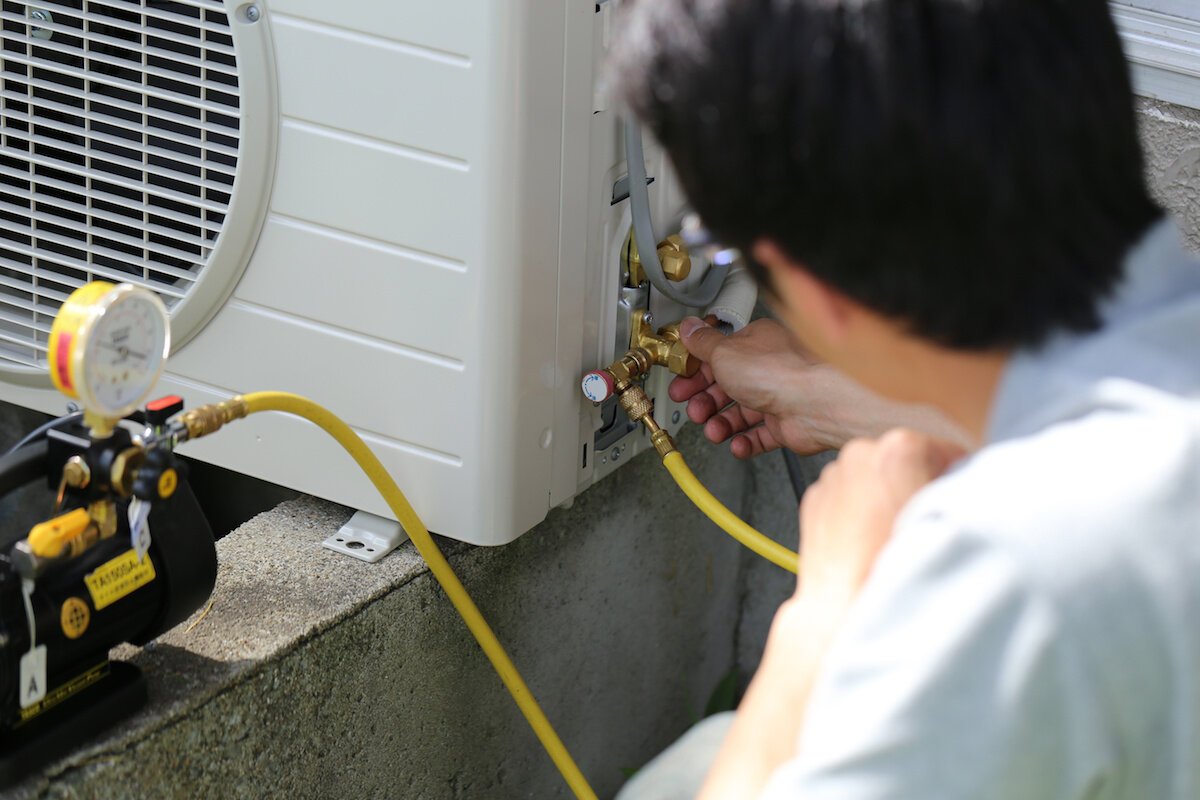Ducted Reverse Cycle vs. Other HVAC Systems: Which Is Right for You?
When it comes to keeping your home comfortable year-round, choosing the right HVAC (Heating, Ventilation, and Air Conditioning) system is a crucial decision. Among the many options available, ducted reverse cycle systems and other HVAC systems stand out as popular choices.
In this blog, we'll compare ducted reverse cycle systems to other common HVAC systems to help you determine which one is the best fit for your needs.
Ducted Reverse Cycle Systems
Ducted reverse cycle systems offer both heating and cooling functions. Here's how they work:
Heating Mode: In the heating mode, the system extracts heat from the outside air and transfers it inside your home. It operates efficiently in cold climates and can provide a consistent, even warmth throughout your space.
Cooling Mode: When switched to cooling mode, the system functions like a traditional air conditioner, removing heat from indoor air and discharging it outside. This mode offers efficient cooling during the warmer months.
Other Common HVAC Systems
Now, let's take a look at some other HVAC systems:
Split System Air Conditioners: Split systems consist of an indoor unit and an outdoor unit.
Furnaces: Furnaces are primarily heating systems. They heat air and distribute it through ducts to warm your home. They don't provide cooling capabilities.
Ductless Mini-Split Systems: These systems are similar to split systems but don't require ductwork. They offer both heating and cooling, making them more versatile than traditional split systems.
Ducted Reverse Cycle vs. Other HVAC Systems
Year-Round Comfort: Ducted reverse cycle systems provide both heating and cooling, ensuring year-round comfort. They are versatile and eliminate the need for separate heating and cooling systems.
Energy Efficiency: Ducted reverse cycle systems are renowned for their energy efficiency, especially in heating mode. They use a heat pump to transfer heat, which is more efficient than generating heat.
Even Temperature Distribution: Ducted systems distribute air evenly throughout your home, eliminating cold or hot spots. This creates a consistently comfortable environment.
Zoning Capabilities: Ducted systems often offer zoning options, allowing you to control the temperature in different areas of your home independently.
Installation and Aesthetics: Ducted systems require ductwork, which can be installed during construction or renovation. The indoor unit is typically concealed in the ceiling or under the floor, providing a sleek and unobtrusive appearance.
Initial Costs: Ducted systems may have a higher upfront cost due to ductwork installation. However, they can be more cost-effective in the long run due to their energy efficiency.
Servicing: You will need to consider ducted reverse cycle servicing as well as servicing other HVAC systems in a timely manner to run efficiently.
Selecting The Right System
The choice between a ducted reverse cycle system and other HVAC systems depends on your specific needs and priorities. If you want a versatile, year-round solution with excellent energy efficiency and even temperature distribution, a ducted reverse cycle system is an ideal choice.
However, if you have more specific requirements or budget constraints, other HVAC systems might be more suitable. Consulting with an HVAC professional is a wise step to ensure that your choice aligns with your home's unique needs and your comfort expectations.

